- MAISON
- LES INDUSTRIES
- LES INDUSTRIES
- La chaudière Fang Kuai offre à la demande, solutions de vapeur modulaires pour les applications industrielles et commerciales nécessitant de la vapeur de procédé pour la chaleur, stérilisation, humidification, et plus.
- DES PRODUITS
- CAS MONDIAL
- À PROPOS DE NOUS
- NOUVELLES
- CONTACT

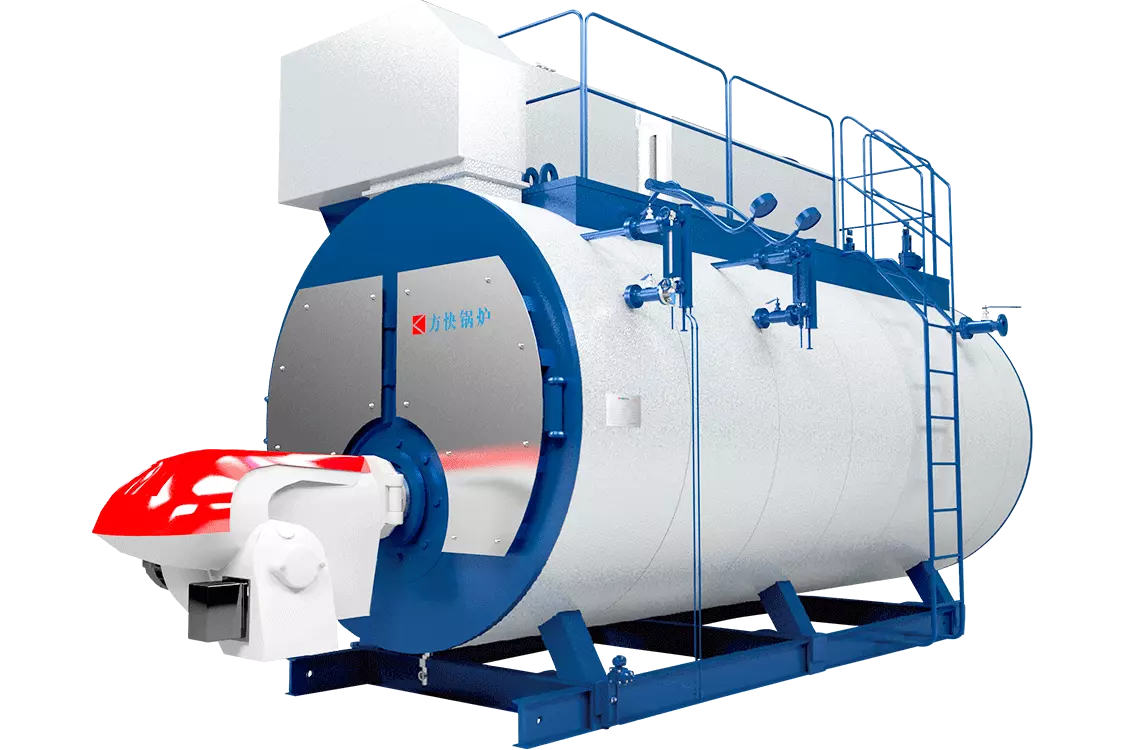
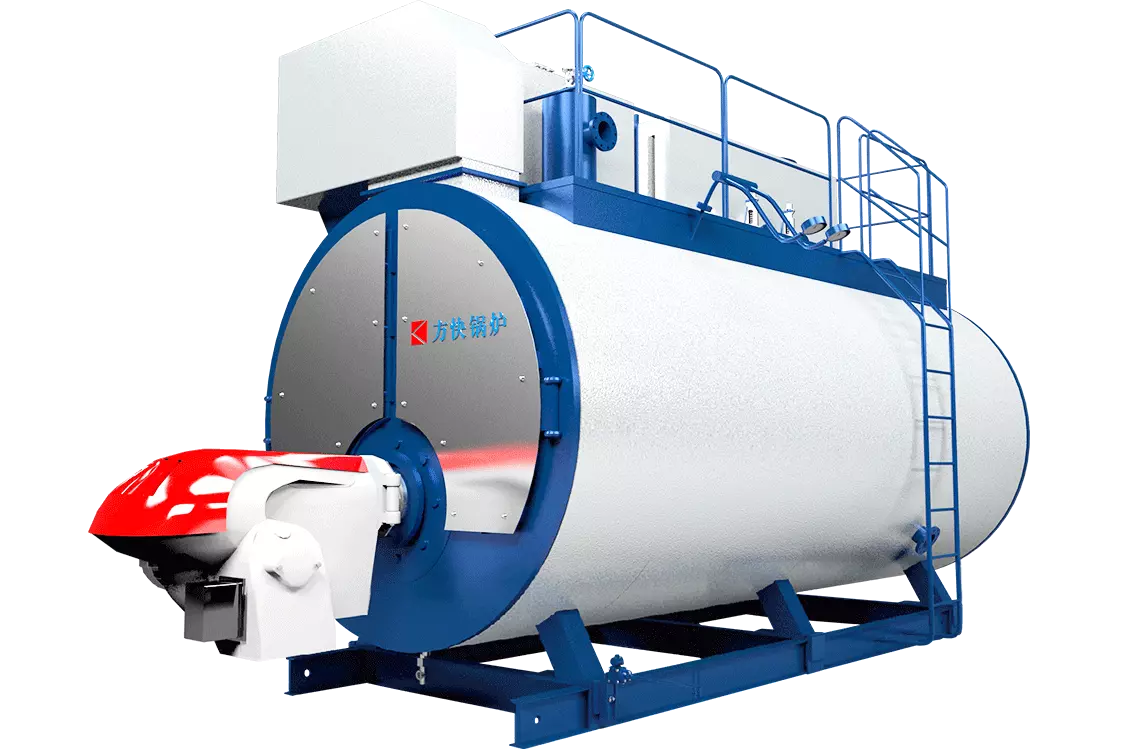

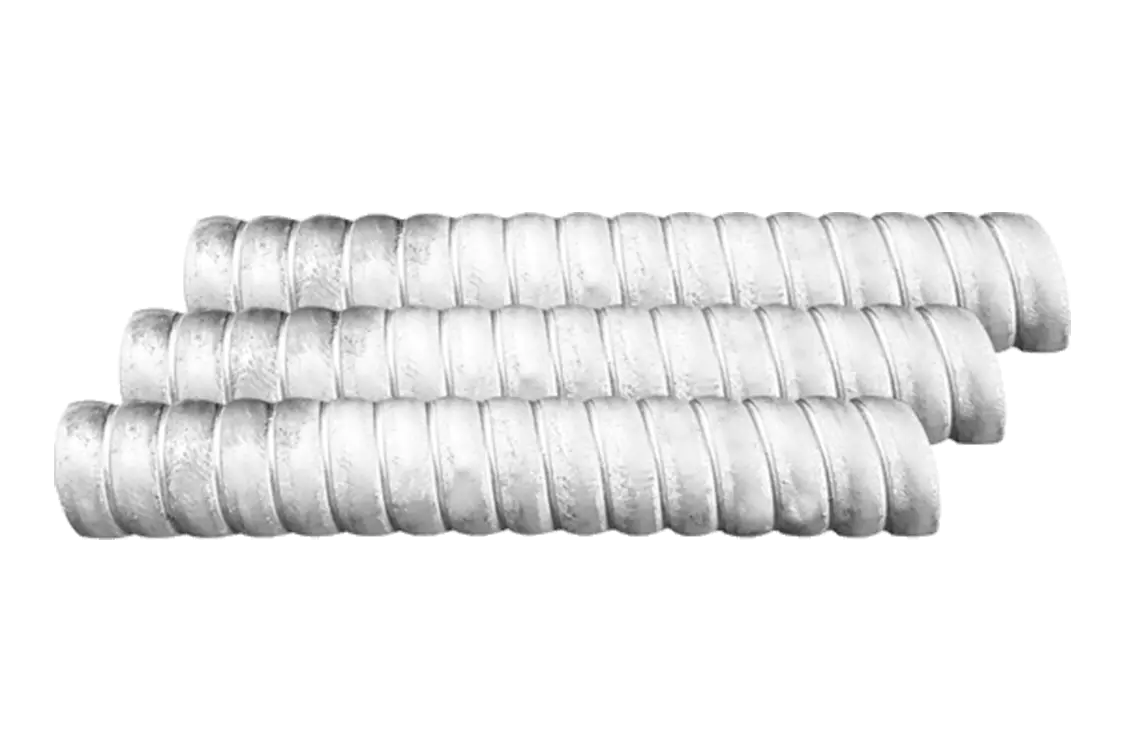
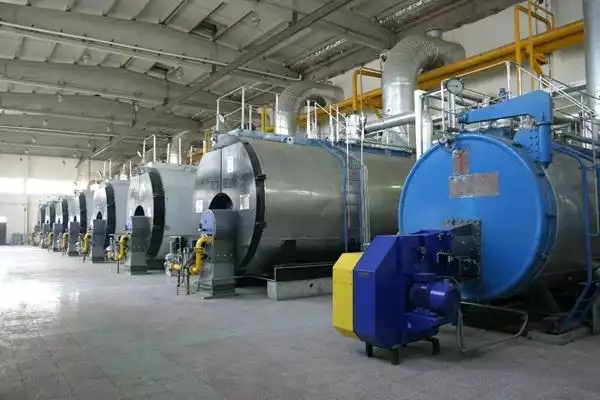
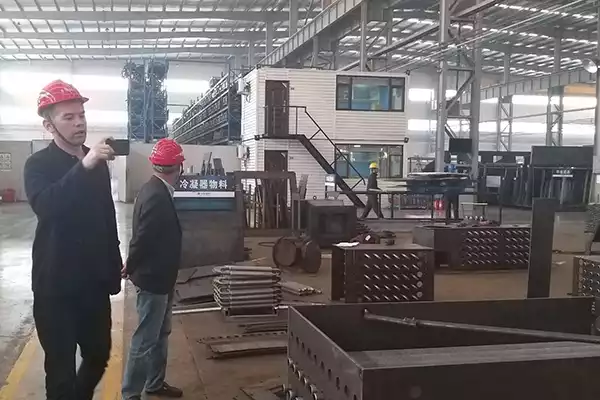
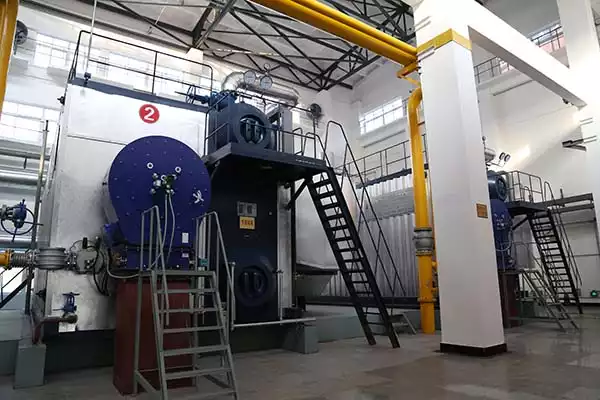
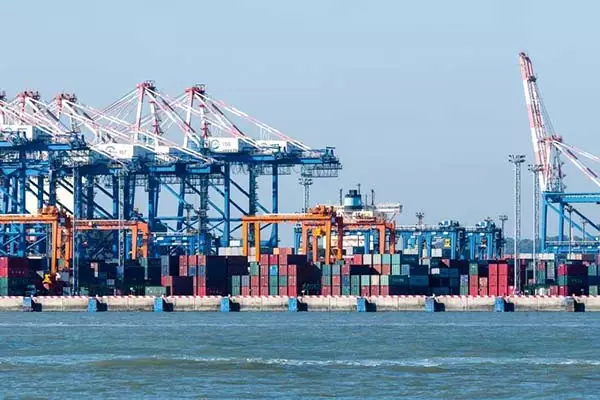
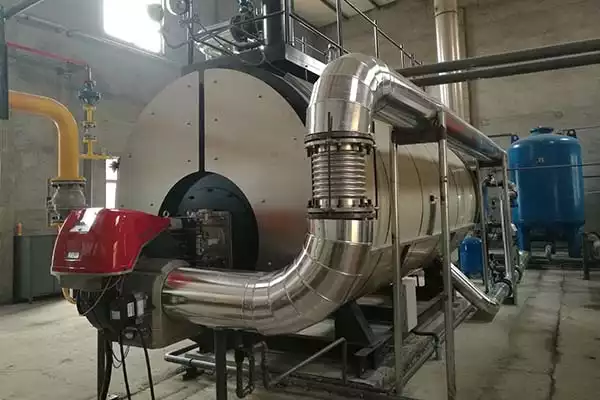
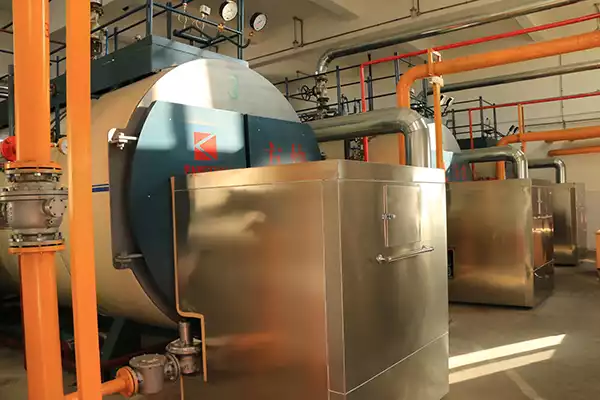
.jpg)



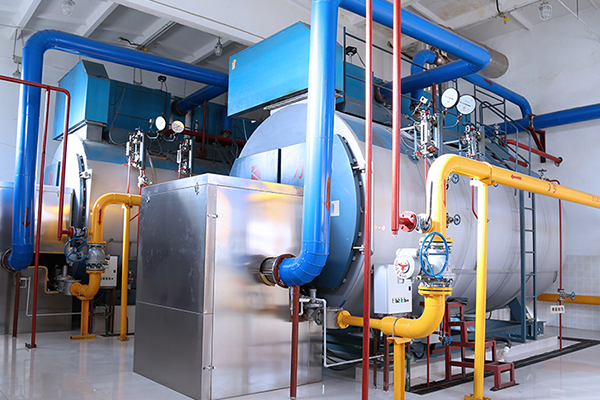
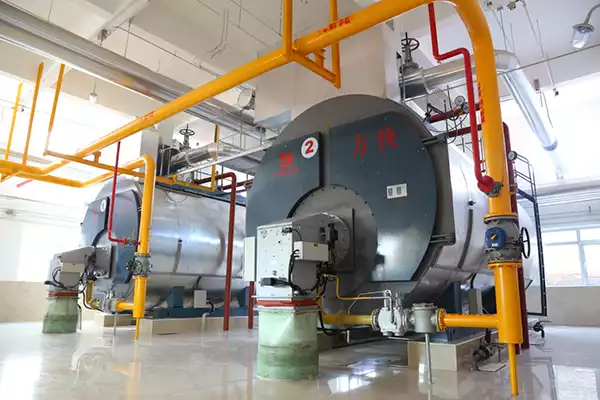
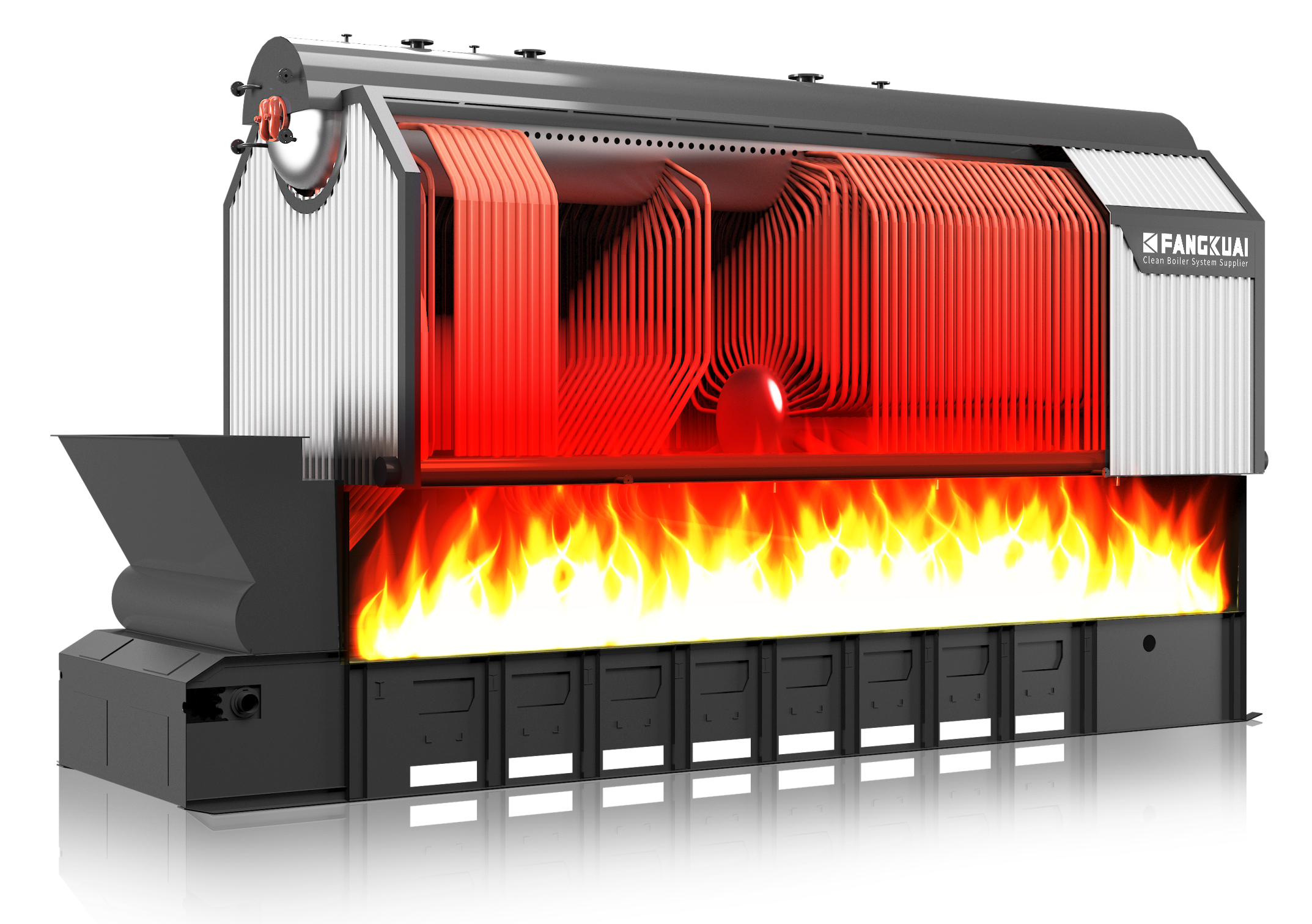
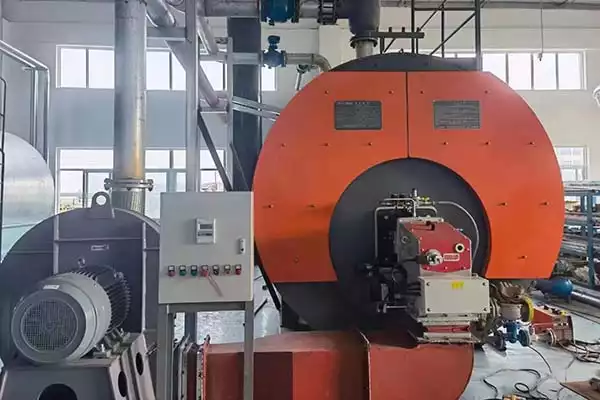
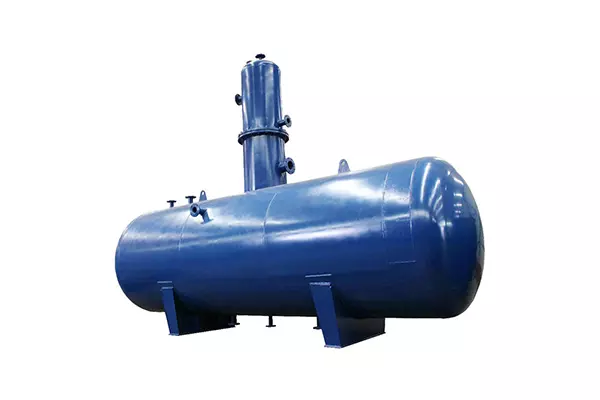
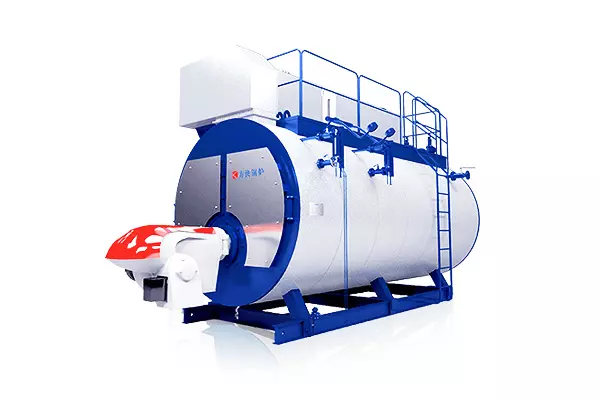
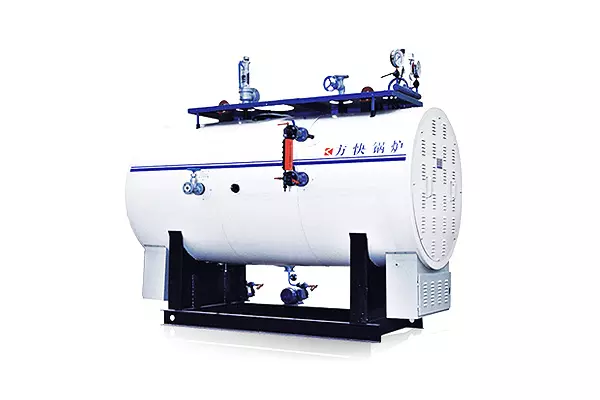
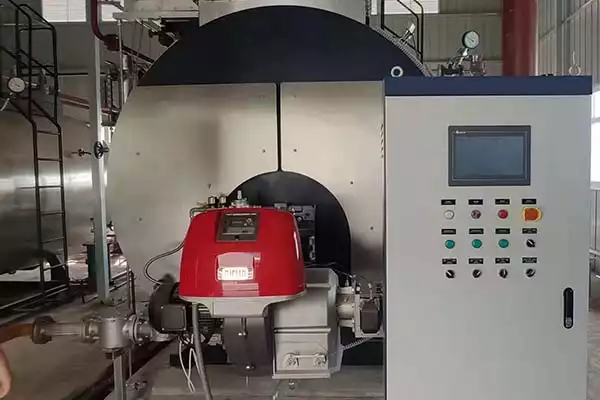



Vvoir les avis de nos clients
"La chaudière à huile thermique de Fangkuai est très facile à utiliser et à entretenir. Cela nous a permis d'économiser du temps et de l'argent sur la maintenance, ce qui a permis de réaliser d'importantes économies. La qualité des matériaux et la construction de la chaudière sont exceptionnelles. Il est également très économe en énergie, qui nous a permis d'économiser de l'argent sur nos factures d'énergie. Je recommande fortement la chaudière à huile thermique de Fangkuai ."
Allen
Brésil"Le générateur de vapeur de Fangkuai est parfait pour ma petite entreprise. Il est très facile à utiliser et nécessite un minimum d'entretien. Il est également très économe en énergie, qui m'a aidé à économiser sur mes factures d'énergie. Le service client de Fangkuai est également excellent. Ils sont très réactifs et toujours prêts à aider. Je recommande fortement les générateurs de vapeur de Fangkuai."
Ahmed
Egypte"Je suis très impressionné par la qualité de la chaudière à eau chaude de Fangkuai. Il est construit pour durer et a dépassé mes attentes. Le processus d'installation s'est également déroulé sans heurts et le service client était excellent.. La chaudière à eau chaude est très facile à utiliser et à entretenir, et l'efficacité énergétique est remarquable. Je recommande vivement les chaudières à eau chaude de Fangkuai."
Jack
Australie"L'équipement auxiliaire de Fangkuai a rendu mon système de chaudière encore meilleur. La qualité du matériel est exceptionnelle et les prix sont très raisonnables. L'équipement a contribué à améliorer l'efficacité et les performances de mon système de chaudière, ce qui a permis de réaliser d'importantes économies. Je recommande fortement l'équipement auxiliaire de Fangkuai à tous ceux qui ont besoin d'accessoires de chaudière de haute qualité."
Mariek
ROYAUME-UNI"Les générateurs de vapeur de Fangkuai sont excellents. Ils sont très faciles à utiliser et nécessitent un minimum d'entretien. Le service client de Fangkuai est également exceptionnel. Ils sont très réactifs et toujours prêts à aider. L'efficacité énergétique des générateurs de vapeur est également remarquable, qui m'a aidé à économiser sur mes factures d'énergie. Je recommande fortement les générateurs de vapeur de Fangkuai."
Marie
Espagne"La chaudière à huile thermique de Fangkuai est très facile à utiliser et à entretenir. Cela nous a permis d'économiser du temps et de l'argent sur la maintenance, ce qui a permis de réaliser d'importantes économies. La qualité des matériaux et la construction de la chaudière sont exceptionnelles. Il est également très économe en énergie, qui nous a permis d'économiser de l'argent sur nos factures d'énergie. Je recommande fortement la chaudière à huile thermique de Fangkuai ."
Allen
Brésil"J'ai acheté une chaudière à vapeur Fangkuai pour mon usine et elle fonctionne parfaitement depuis des mois maintenant. La qualité des matériaux et la construction de la chaudière sont impressionnantes. Il est également très économe en énergie, qui nous a permis d'économiser de l'argent sur nos factures d'énergie. Je recommande vivement les produits Fangkuai à tous ceux qui ont besoin de solutions de chauffage fiables et efficaces."
John
Etats-Unis"La chaudière à huile thermique de Fangkuai est très facile à utiliser et à entretenir. Cela nous a permis d'économiser du temps et de l'argent sur la maintenance, ce qui a permis de réaliser d'importantes économies. La qualité des matériaux et la construction de la chaudière sont exceptionnelles. Il est également très économe en énergie, qui nous a permis d'économiser de l'argent sur nos factures d'énergie. Je recommande fortement la chaudière à huile thermique de Fangkuai ."
Allen
Brésil"Le générateur de vapeur de Fangkuai est parfait pour ma petite entreprise. Il est très facile à utiliser et nécessite un minimum d'entretien. Il est également très économe en énergie, qui m'a aidé à économiser sur mes factures d'énergie. Le service client de Fangkuai est également excellent. Ils sont très réactifs et toujours prêts à aider. Je recommande fortement les générateurs de vapeur de Fangkuai."
Ahmed
Egypte